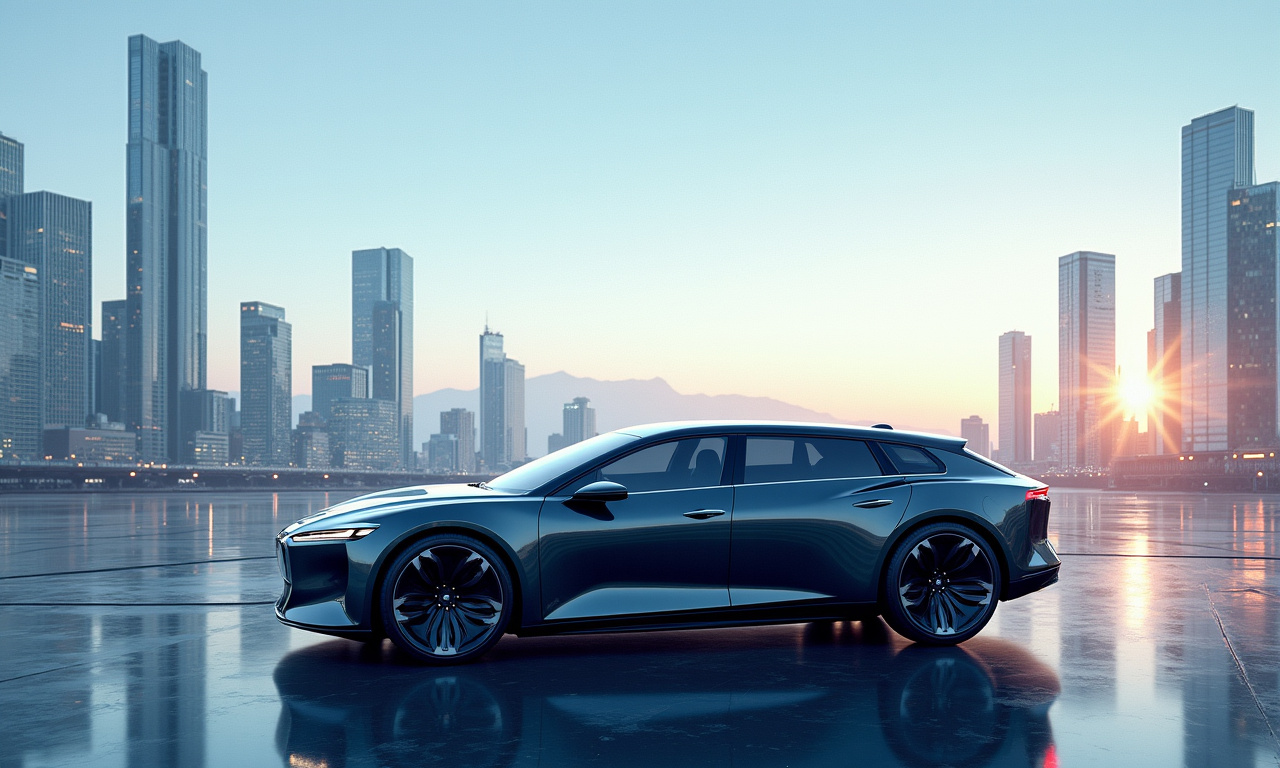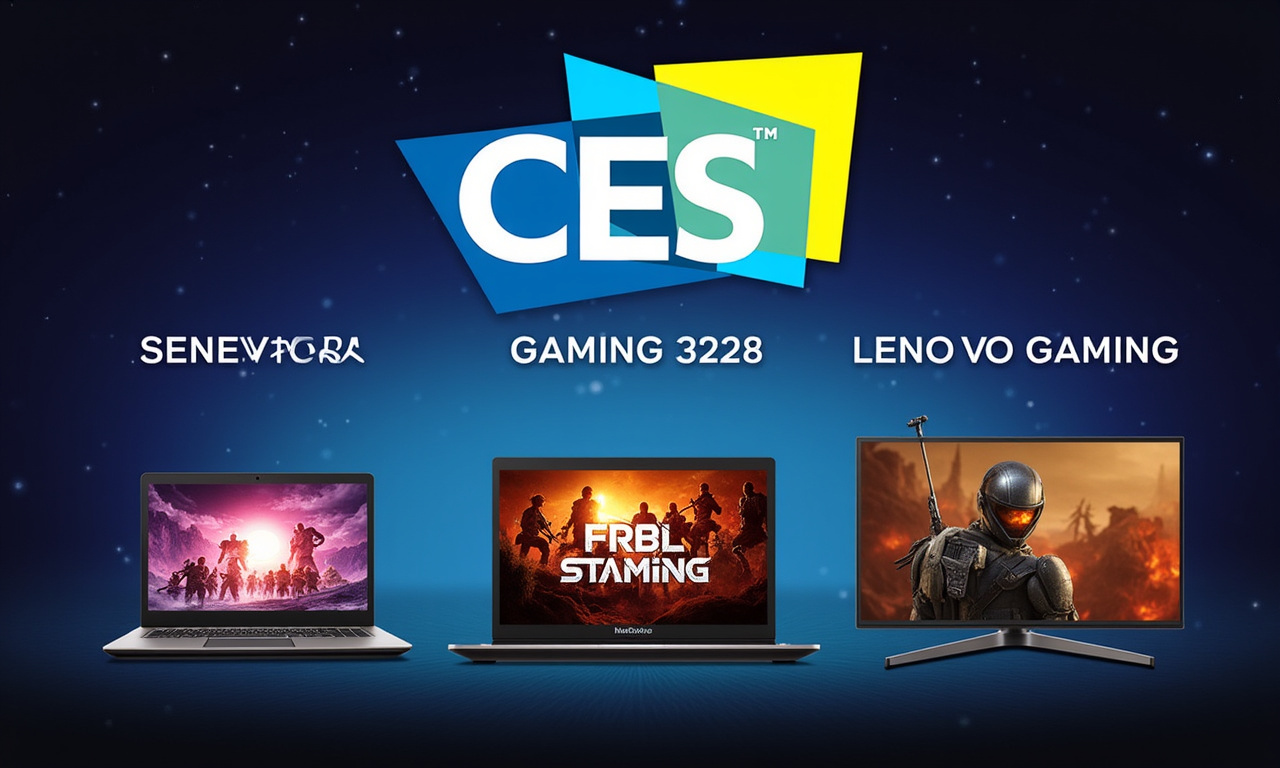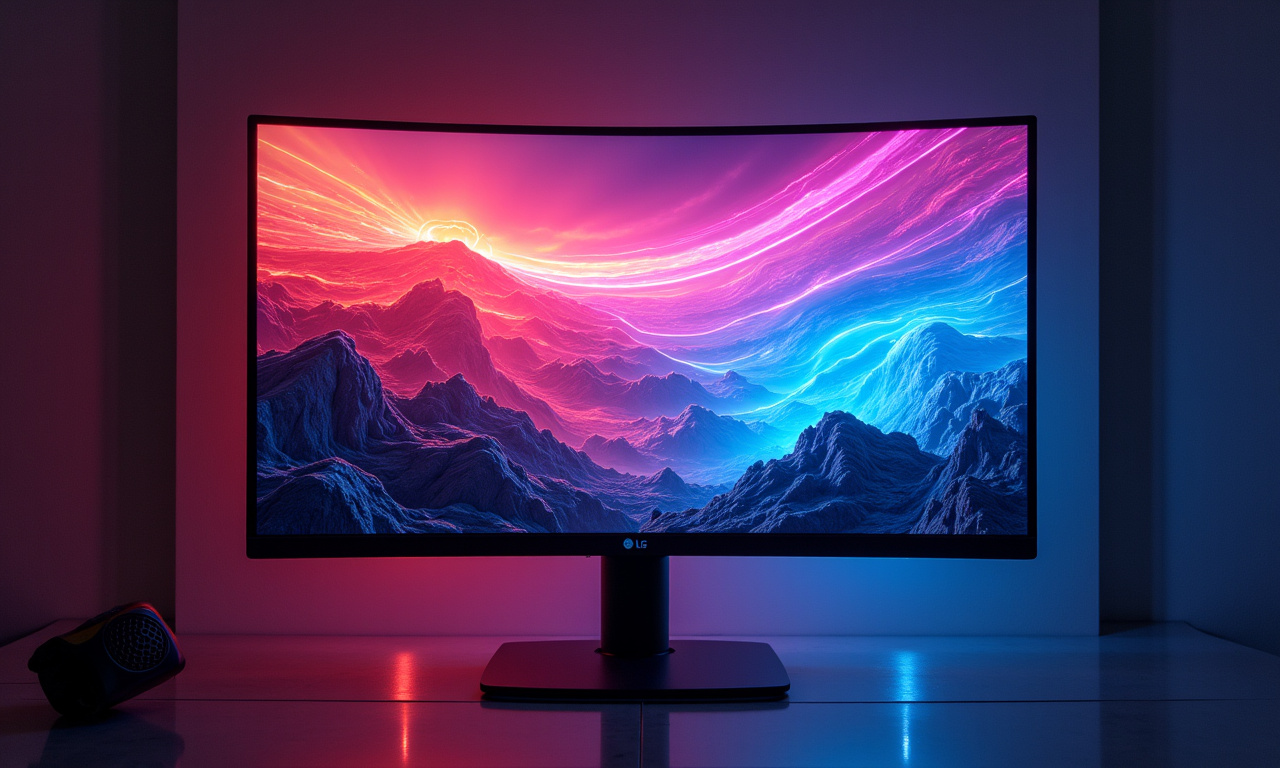In a face-off that left tech fans scratching their heads, AMD’s newest Ryzen Z2 Extreme processor goes neck-and-neck with Intel’s Core Ultra 7 258V. For anyone keeping tabs on the tug-of-war between these two tech titans, it’s a reminder that Intel’s Lunar Lake chip isn’t ready to hand over the gaming crown just yet.
Zooming In
An illuminating set of benchmarks from the curious minds at Golden Pig Upgrade Pack has shown that while AMD’s Ryzen chip was expected to march to victory, the gap wasn’t as wide as anticipated. The matchup involved two MSI handheld gaming devices: the Claw A8 with AMD’s Ryzen Z2 Extreme, and the Claw 8 AI+ powered by Intel’s Core Ultra 7 258V. Despite all the hardware hoopla surrounding these, the outcome was surprisingly modest.
The AMD chip flaunts eight cores and the beloved feature of multithreading, while Intel mixes it up with a combo of four P-cores and four low-power E-cores, sans multithreading. Even in the cache department, AMD packs more with 16 MB compared to Intel’s 12 MB.
On the GPU side, AMD’s beastly Radeon 890M with its higher clock speeds seemingly outpaces Intel’s Arc 140V, suggesting AMD has the edge in terms of pure graphical power.
When pushed to their limits in 30 W mode across numerous games, AMD’s gadget triumphed in several but often marginally. Testing emphasized the importance of real-world usage over mere specifications, as each chip had varying victories across 10 different games, proving competition remains tight.
Lowering the power settings revealed AMD’s prowess — at 17 W, Ryzen Z2 consistently took the lead, occasionally trouncing Intel by around 11% in average performance. Moreover, the AMD processor handled a broader spectrum of games with more finesse when the energy budget got tighter.
Despite AMD’s apparent graphical muscle, Intel’s chip holds its ground firmly, showing that Intel’s efficiency-focused design remains relevant. This makes the choice largely dependent on individual preferences for balancing battery life with performance, rather than clear superiority in computing power.
With Intel already steering towards its future Panther Lake designs, fans of portable gaming may find themselves with plenty of action, oscilating between AMD’s brawn and Intel’s efficiency in the coming cycles of innovation.
In short, this hardware showdown is less a knockout and more a strategic chess game with each brand having aces up their sleeves. Enthusiasts should keep an eye on this tech rivalry as both sides gear up for future battles.









